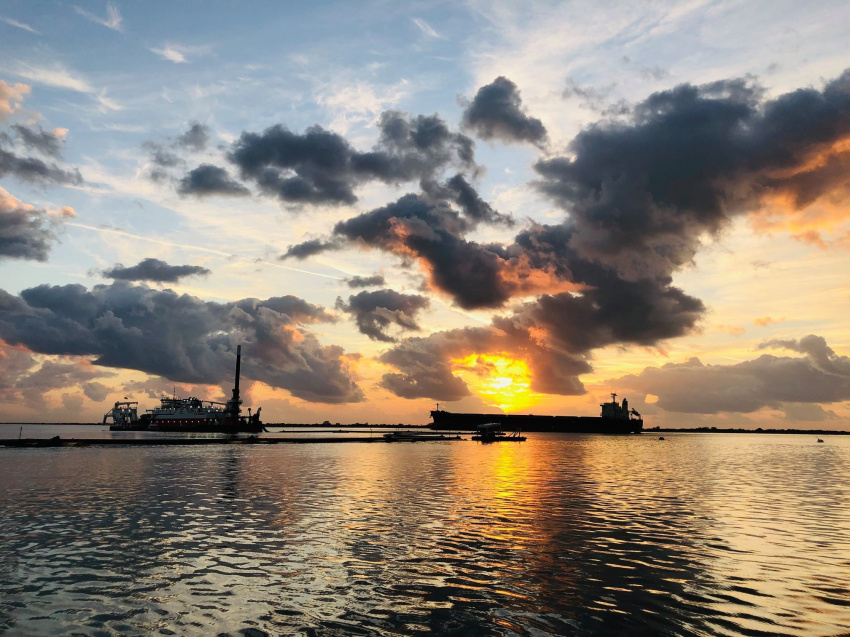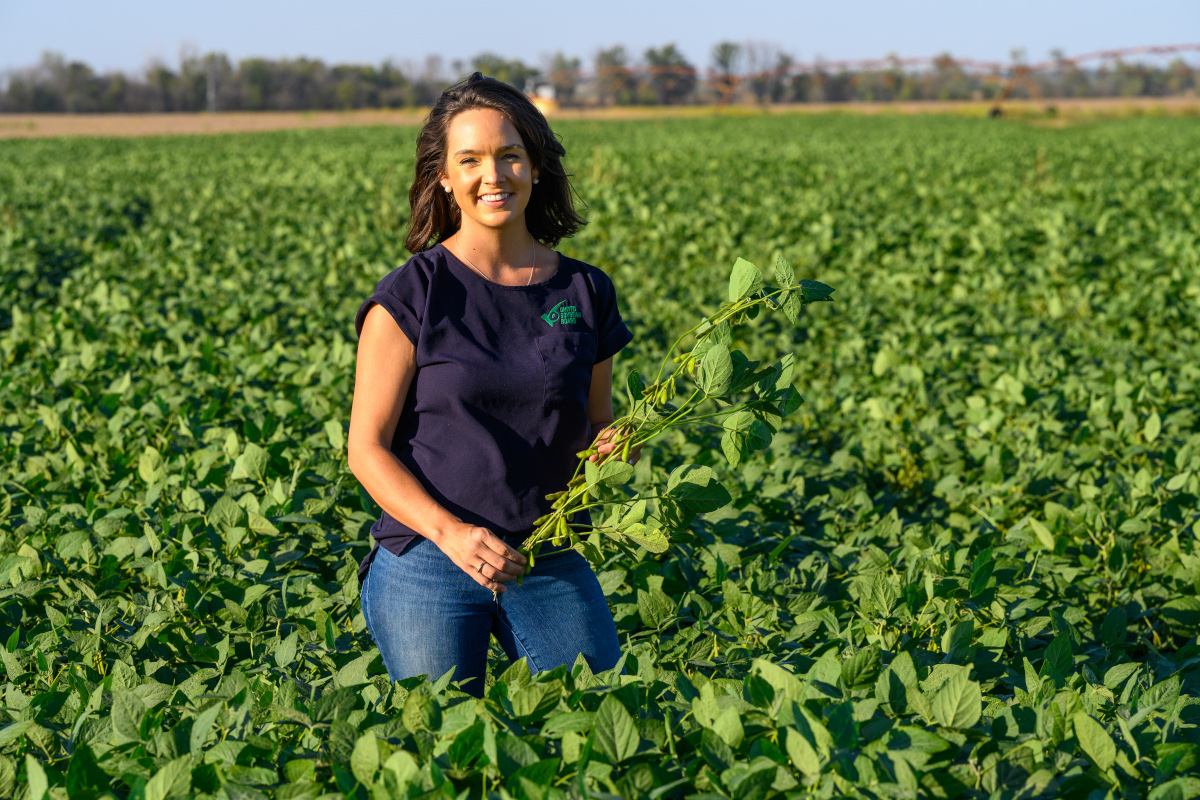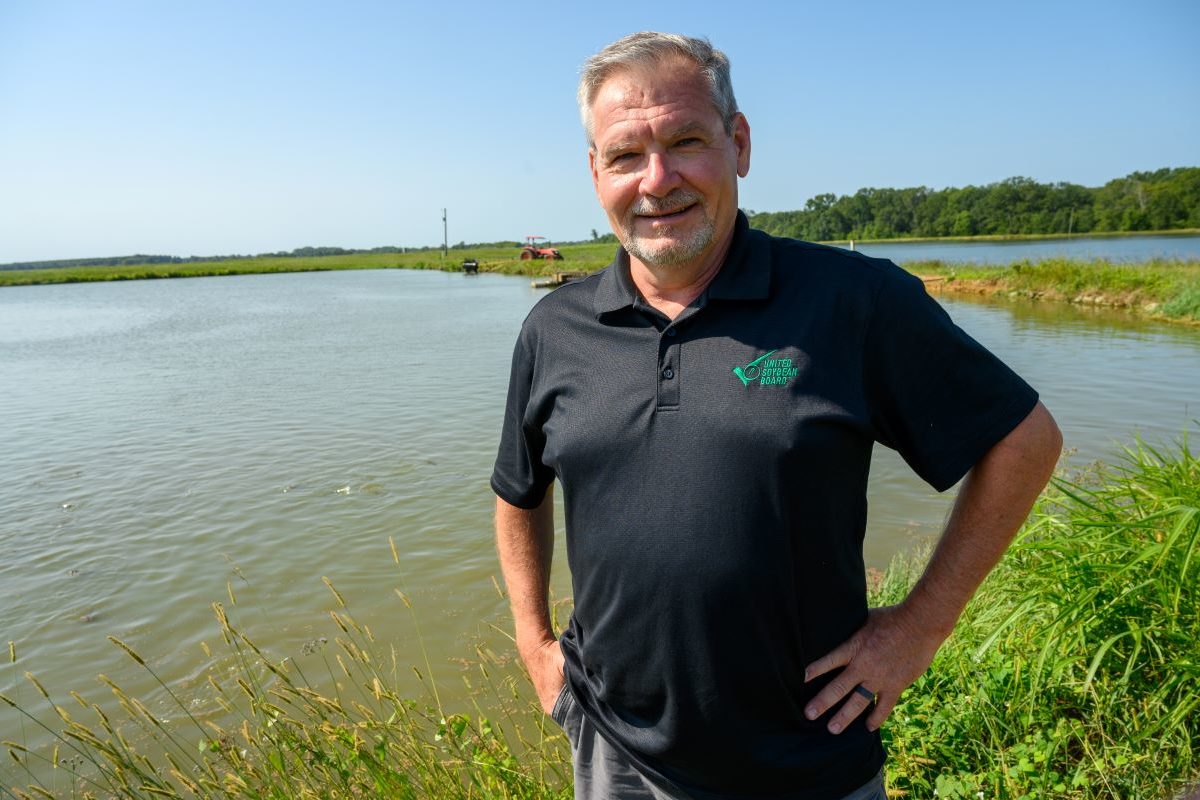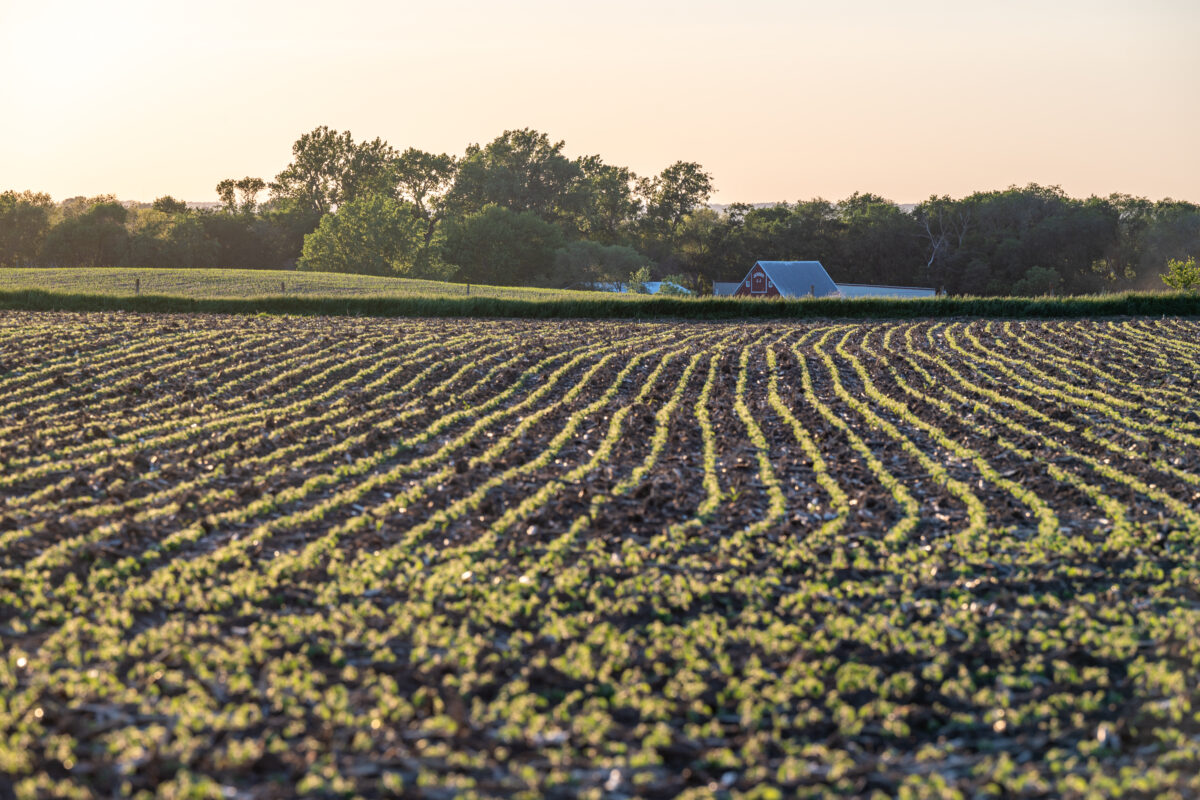Mississippi River Deepening Brings $461 Million to U.S. Soybean Farmers

Photo credit: Sean Duffy, Big River Coalition
Growing quality soybeans is important, but your hard work means little if you can’t deliver your soybeans to your customers. Without a reliable and cost-effective method of transport, all that time, money and work is futile.
Through their soy checkoff, U.S. soybean farmers have actively brought awareness to the issues surrounding outdated transportation infrastructure in the U.S. For the past several years, the checkoff has initiated efforts to raise awareness and support to improve the nation’s roads, rails and waterways.
This summer, two tangible results of checkoff research and educational initiatives began: the dredging of the lower Mississippi River from 45 feet to 50 feet and upgrades to the LaGrange Lock and Dam.
Deep Profit Opportunities
Dredging the lower Mississippi will help boost profitability for soybean farmers across the country.
“U.S. soybean farmers invested in critical research [through planning, analysis and design] through our checkoff to clear the path for more reliable infrastructure — improving U.S. Soy’s value to our customers,” said Meagan Kaiser, USB treasurer and farmer-leader from Missouri. “Creating opportunities to make our supply chain more productive and dependable gives us more channels to reach our customers around the globe with our products.”
A report commissioned by the Soy Transportation Coalition estimates the dredging project will bring an additional $461 million in revenue to U.S. soybean farmers.
“The $2 million checkoff investment [for the planning, analysis, design and research costs related to the dredging project] opened the door to a $245 million investment from the federal government and the state of Louisiana to make it happen,” said Kaiser.
The American Soybean Association, STC, U.S. Soybean Export Council and several state soybean groups are also partnering to carry the project beyond the checkoff’s initial investment.
“Amidst all the uncertainty in our society, we are really pleased to see this project move forward,” said Mike Steenhoek, executive director of STC. “In fact, the first phase of the work actually started much sooner than planned.”
The physical work to dredge the river will ultimately be funded by state (25%) and federal (75%) governments. Federal funding has been appropriated for this work in the Army Civil Works fiscal year 2020 Work Plan to complete the first phase, deepening the river to 50 feet up to 154 miles inland. Eventually, the goal is to dredge all the way up to Baton Rouge from the Gulf of Mexico.
“Dredging will help boost profitability for soybean farmers across the country,” said Woody Green, soybean farmer and USB farmer-leader from South Carolina. “The project leads to more efficient, more globalized transportation of soy products.”
The U.S. is a global leader in transportation infrastructure but must continue to make improvements to sustain our competitive advantage.
International competitors are increasing investment in their infrastructure already. Brazil is dredging the Port of Santos to approximately 50 feet as well as adding additional terminals. This investment has already increased Brazilian exports from 1.6 million metric tons in 2002 to 15.4 million metric tons in 2015.
The U.S. Army Corps of Engineers began the Mississippi project in July and expects to continue through 2021. When this new depth is reached, it will unlock long-term benefits for larger, more efficient shipments of soybeans and other crops and any exports from this channel.
Turning Checkoff Research into Action
In 2015, the checkoff realized the need for modernization of the nation’s inland waterways infrastructure. To bring awareness to this issue, the checkoff produced a documentary to reach key stakeholders who could take action to improve the specific structures within the inland waterways system.
The outdated LaGrange Lock and Dam, built in 1936 and fully operational since 1939, had far surpassed its 50-year lifespan. Located on the Illinois River about 80 miles north of Grafton, Illinois, the lock and dam is one of the eight locks on the Illinois Waterway.
LaGrange is a vital piece of infrastructure relied upon by many industries, especially agriculture. Approximately 30 million tons of agricultural products move through the lock and dam each year.
According to the U.S. Army Corps of Engineers, “For 70 years, the lock has been exposed to multiple freeze/thaw cycles and flooding, causing a gradual, but incessant, degradation of the lock components.” LaGrange has weathered decades of storms, and it was overdue to make improvements.
The checkoff, several state soy organizations and other key partners persisted in sharing the importance of maintenance for this critical structure. Thanks to a checkoff investment used to raise awareness of this inadequate lock and dam, the USACE finally secured funding for the LaGrange project in the fall of 2018.
Work on the Lock and Dam Begins
Preparation work started on the LaGrange Lock and Dam in the winter of 2019, which included concrete and utility work. Now in 2020, planned closures will allow crews to make the necessary repairs and replacements so LaGrange can operate more efficiently and safely.
The closure, which began July 1, 2020, and will last until mid-October 2020, is part of a coordinated closure of several locks along the Illinois Waterway. LaGrange will be dewatered, and significant rehabilitation of the concrete, mechanical and electrical systems will take place. Crews will replace and upgrade:
- Lock and dam machinery to manage water flow
- Miter gate machinery, which includes the two gates that swing out from the sidewalls
- Valve machinery for filling and emptying the lock
- Technology for control systems
- All the concrete walls
This investment brought attention to the necessary upgrades and, with work on LaGrange underway, it’s safe to say U.S. soybean farmers have made a lasting impact on the state of this important checkpoint along the Illinois River that’s part of our larger transportation system which helps maintain U.S. soy’s competitive advantage. Between the LaGrange Lock and Dam renovation and the lower Mississippi River dredging work, these projects will add yet another success story to the checkoff’s portfolio.
“We’re really proud of the entire U.S. Soy community for working together to help bring this to reality,” said Green. “I hope other commodity organizations will take heart that this work is possible and support their own improvements to our nation’s infrastructure.”



